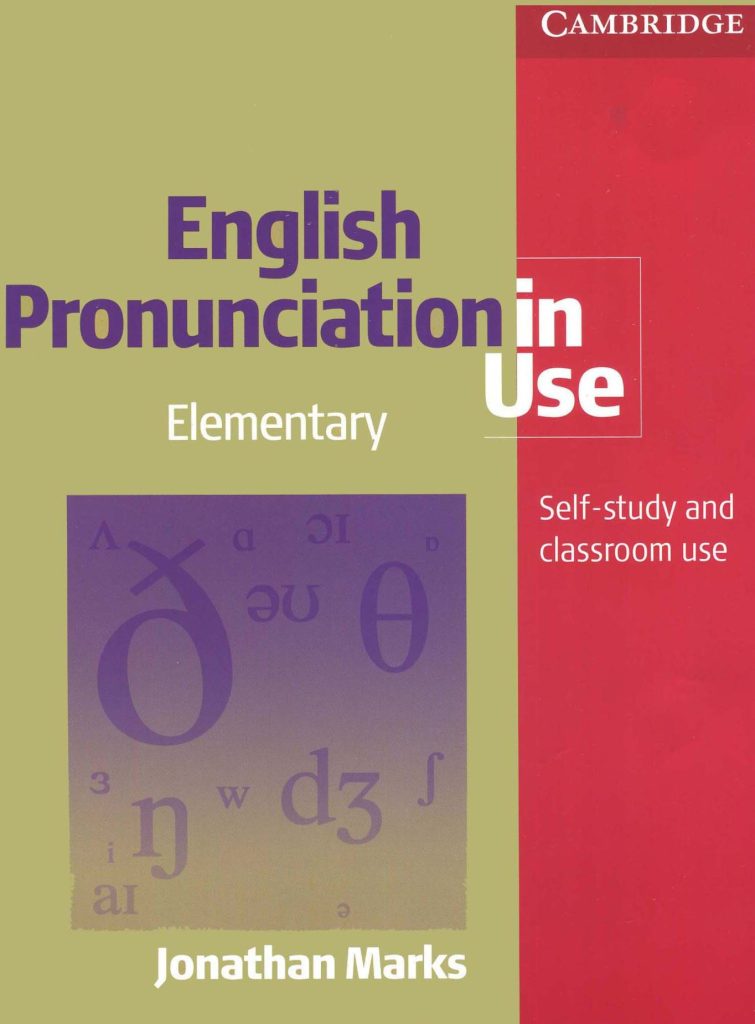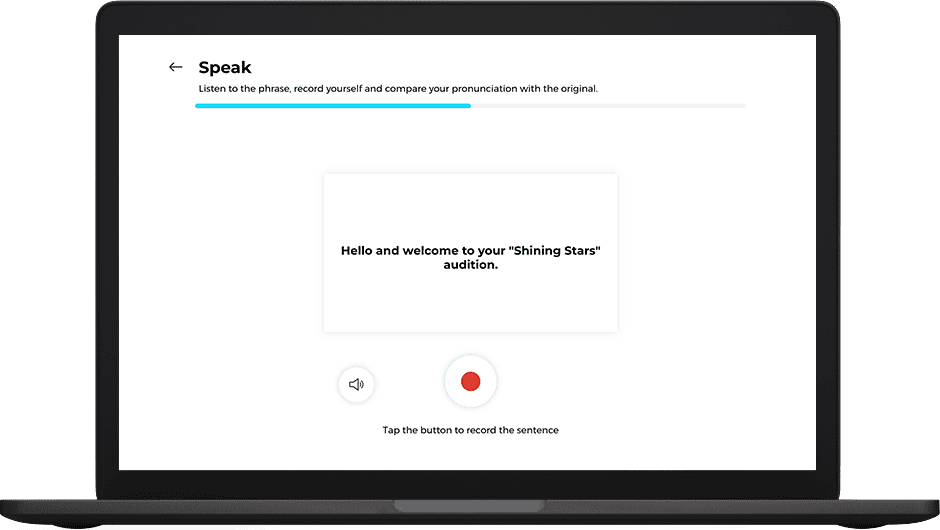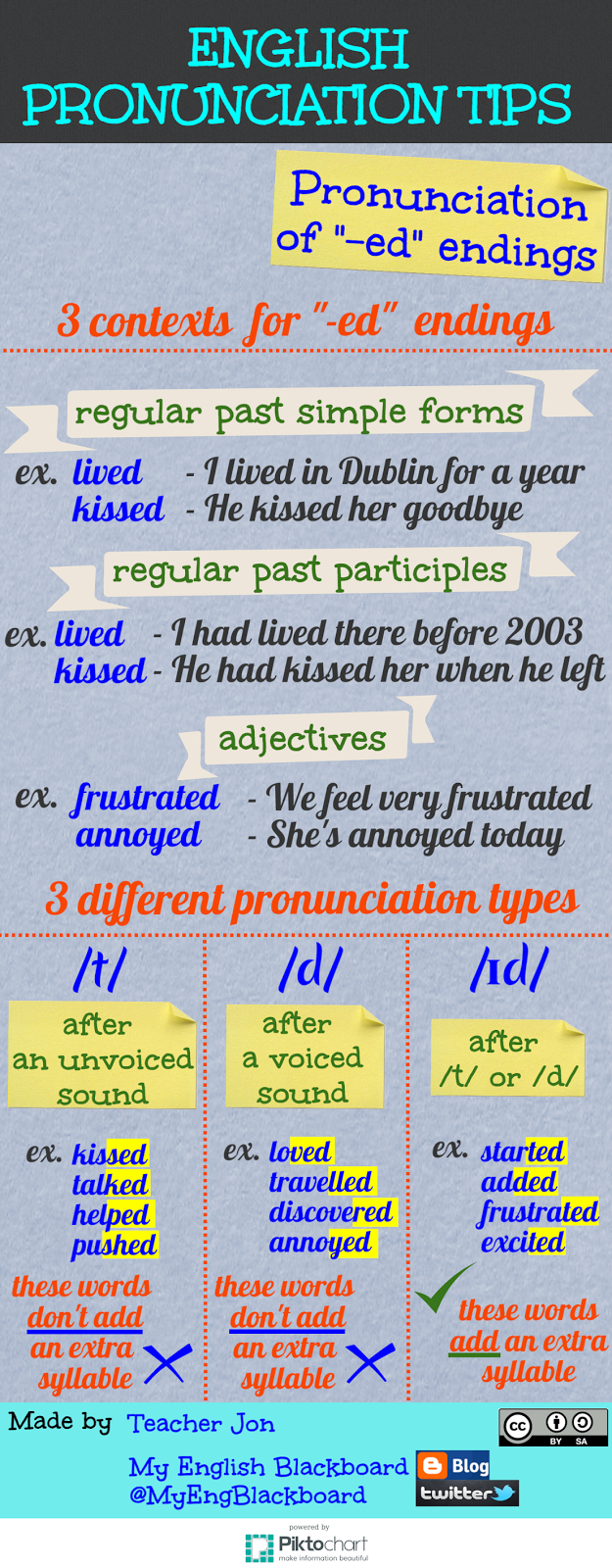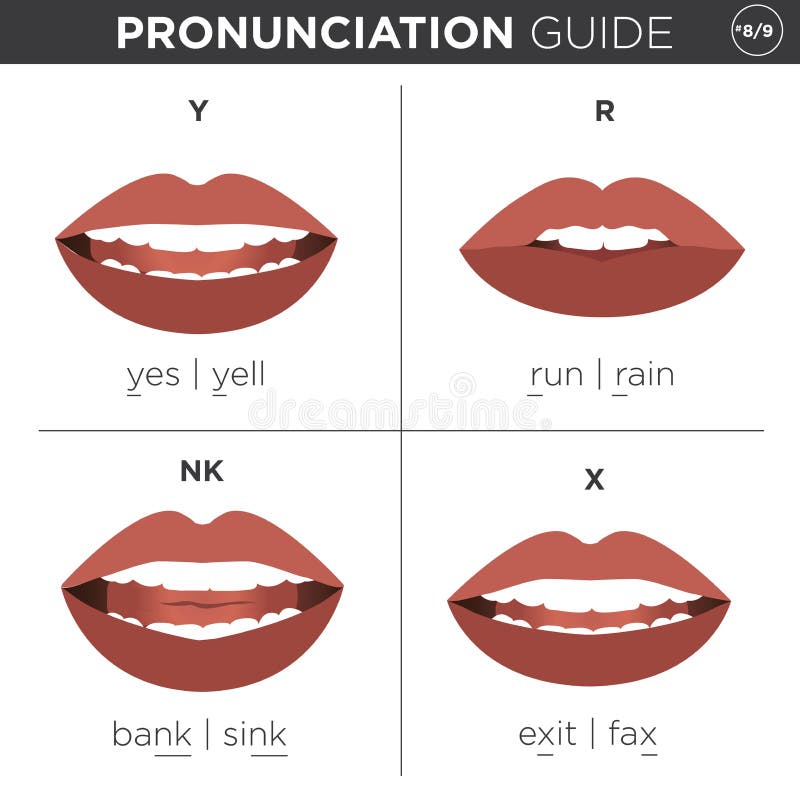Note any differences. This really helps you to focus on particular pronunciation features. Finally, say the words yourself, copying the same sounds that you heard. Repeat the practice until you can pronounce the sounds smoothly and comfortably. 2. Speak and check. This is the reverse of the previous tip.. Hi! Got an English text and want to see how to pronounce it? This online converter of English text to IPA phonetic transcription will translate your English text into its phonetic transcription using the International Phonetic Alphabet. Paste or type your English text in the text field above and click “Show transcription” button (or use [Ctrl+Enter] shortcut from the text input area).

How to say Tobeatic (pronunciation) Cantech Letter

English Pronunciation Test YouTube

English Pronunciation in Use Elementary Books Library

2. Pronunciation YouTube

Pronunciation practice YouTube

English Pronunciation Practice YouTube

Pronunciation Practice YouTube

Pronunciation Practice (Part 1) YouTube

How to improve your English pronunciation tips and advice│ABA English

My English Blackboard English Pronunciation Tips PRONUNCIATION OF “ed” ENDINGS

Pronunciation Practice general gramm… English ESL powerpoints

Pronunciation Live! Episode 89 In case you missed it, here is the latest episode of

English is all around English Pronunciation Exercises

English worksheets pronunciation “The”

Интересные факты о песни при обучении английскому языку

Perkataan Arab Ke Bahasa Melayu / Sambung Menyambung ﺴﺎﻤﺒï»Ú ﻤï™ïºŽï»¤ïº’ï»Ú Hanya

0+ Pronunciation chart Free Stock Photos StockFreeImages

Pronunciation practice YouTube

Pronunciation Practice general gramm… English ESL powerpoints

The Definitive Guide on Teaching English Pronunciation JIMMYESL
A key difference: voiced and voiceless consonants. Some consonants are pronounced without using your voice (i.e., vibrating your vocal cords or folds). To hear the difference, say zoo and sue and put your hand on your throat. The sound of ‘ z ‘ you make by vibrating your vocal cords: you can feel it.. yes. /jes/. w. wet. /wet/. The symbol (r) indicates that British pronunciation will have /r/ only if a vowel sound follows directly at the beginning of the next word, as in far away; otherwise the /r/ is omitted. For American English, all the /r/ sounds should be pronounced. /x/ represents a fricative sound as in /lɒx/ for Scottish loch, Irish.


